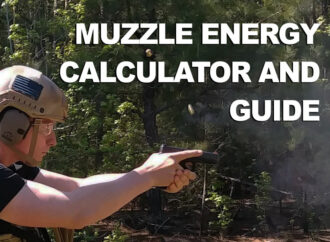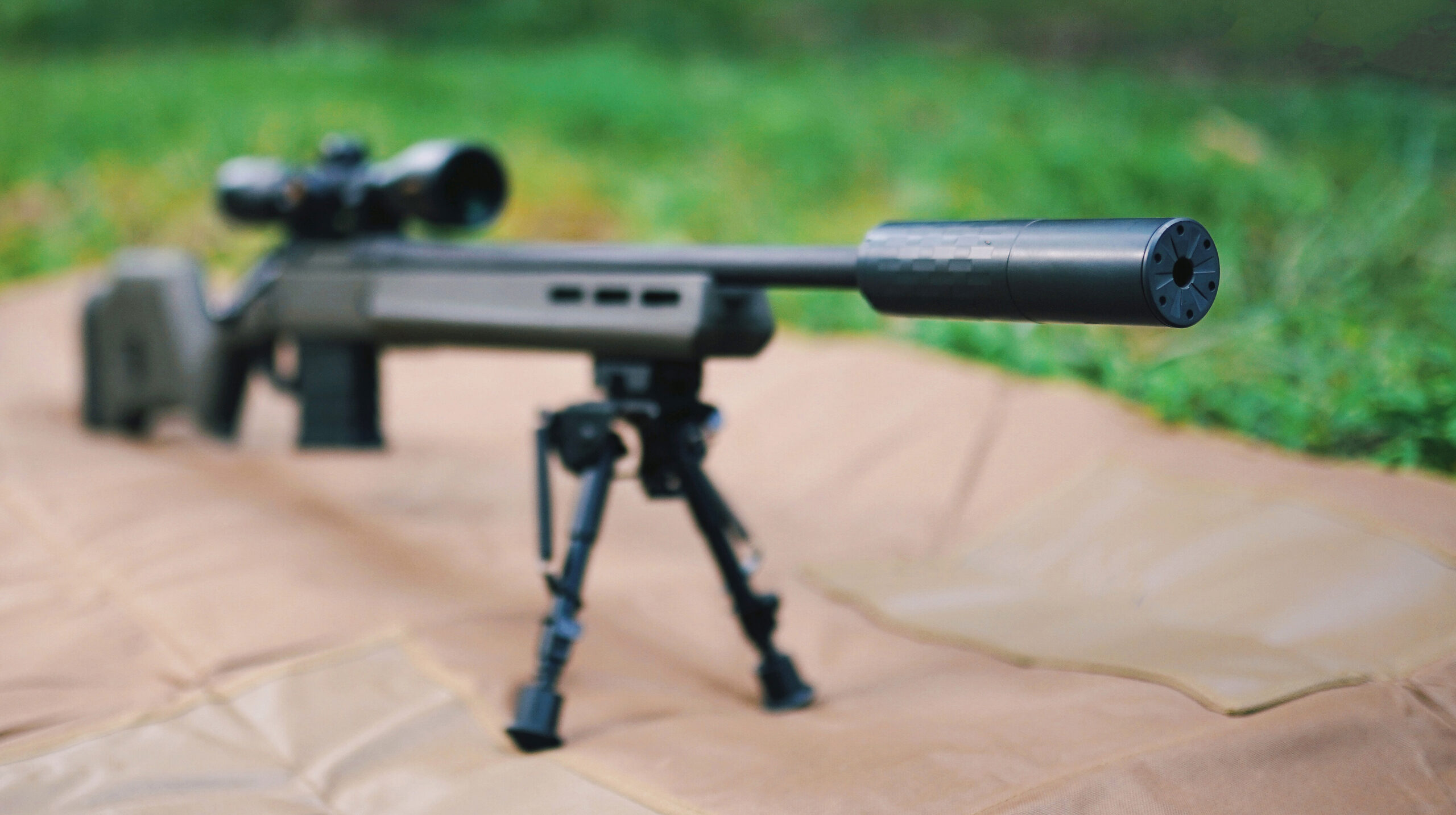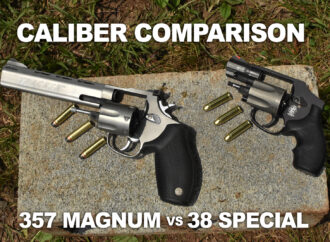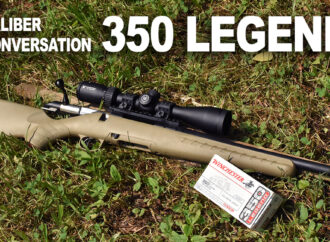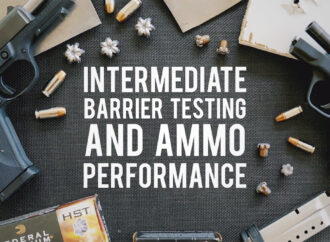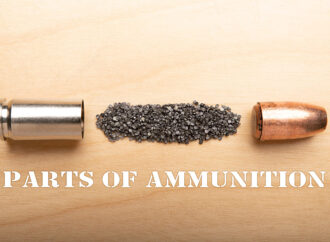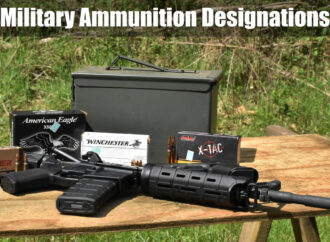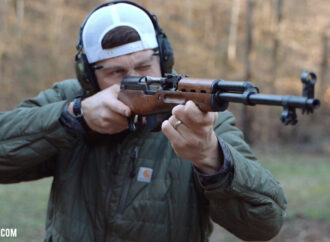As gun people, we often become obsessed with ballistic data, particularly with energy and velocity. It’s easy to understand why we get so deep into the numbers. Muzzle velocity and energy are often stamped right on ammo packaging. Muzzle energy is a prime comparative figure and could be the reason you pick one load over another. In this guide, we’ll examine why muzzle velocity is important and how you can use it to be a more effective hunter and more prepared self-defense shooter.
